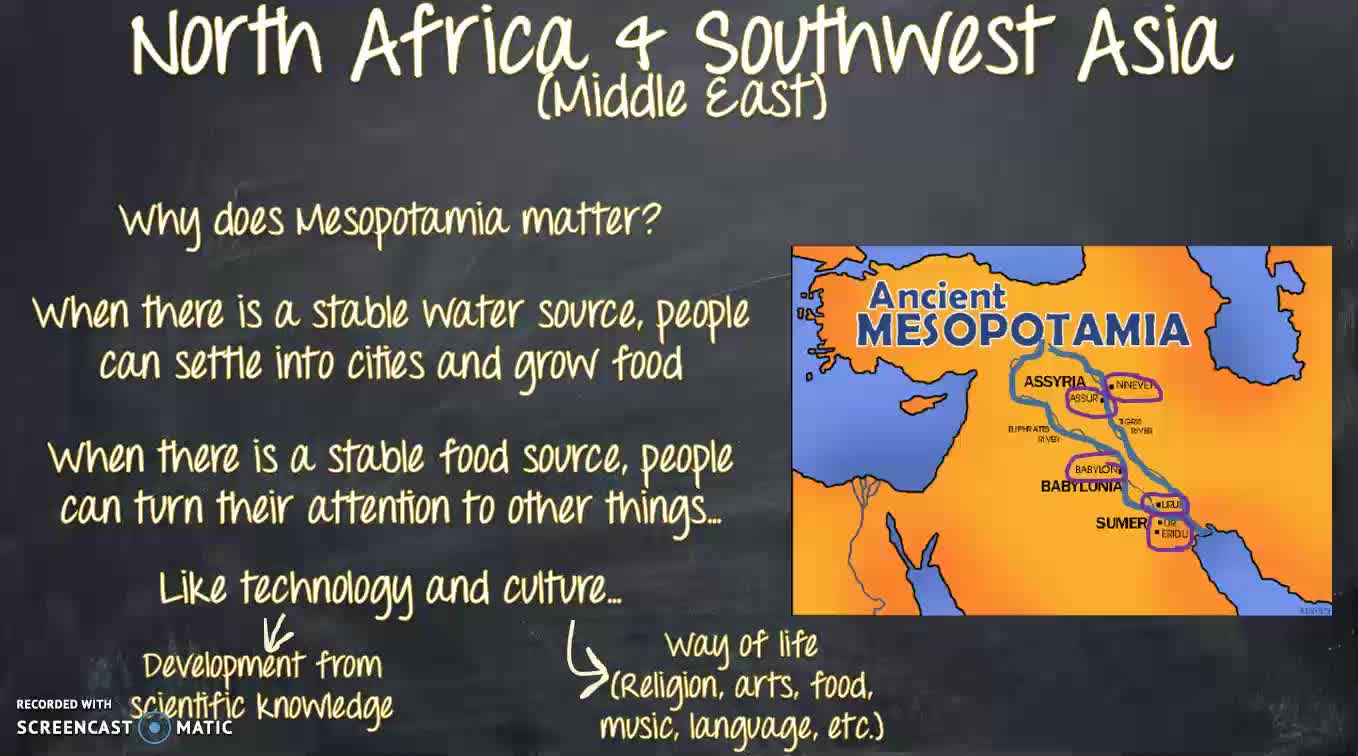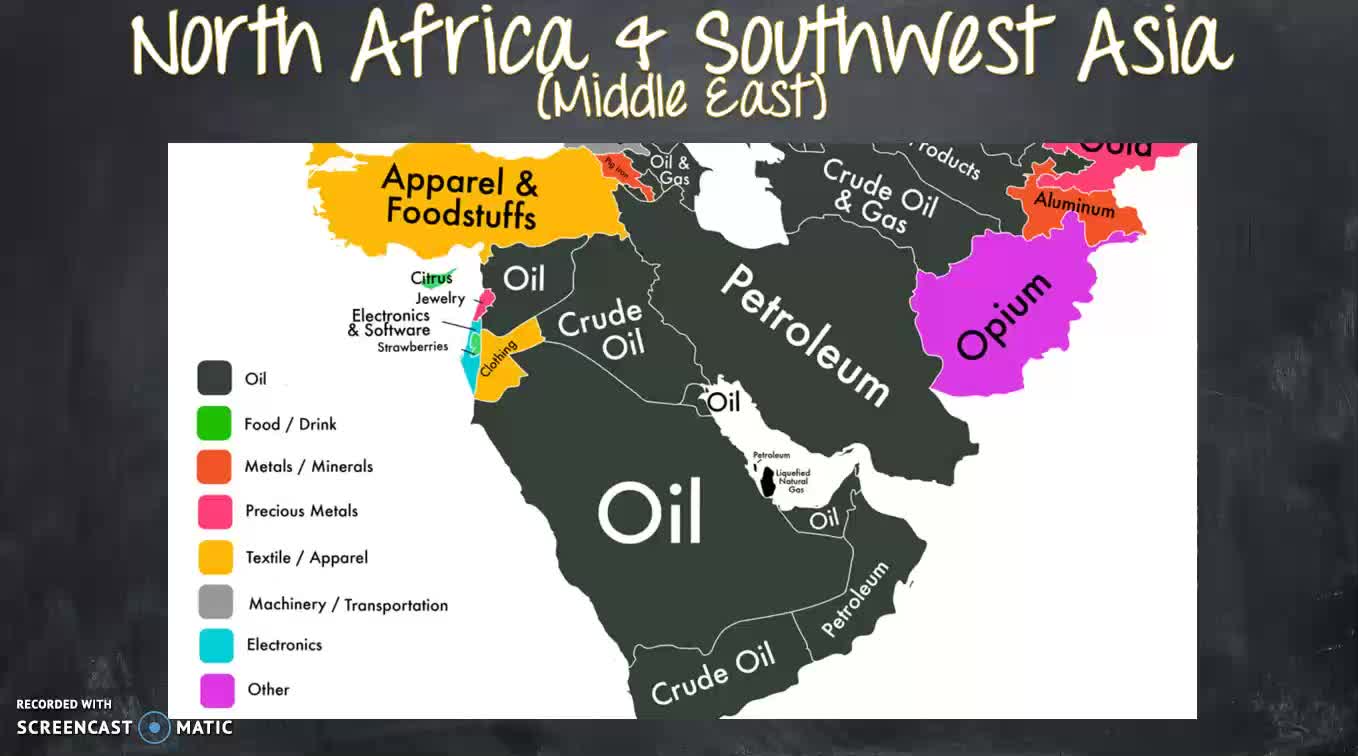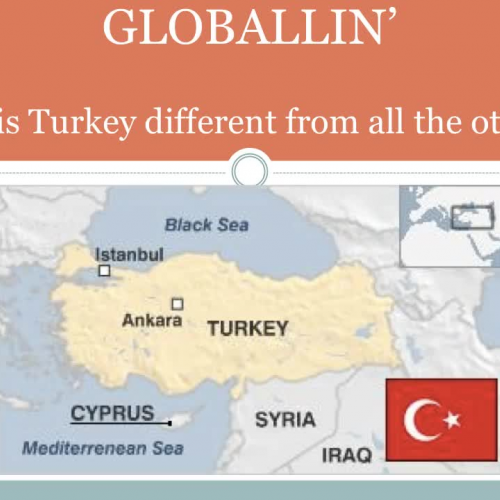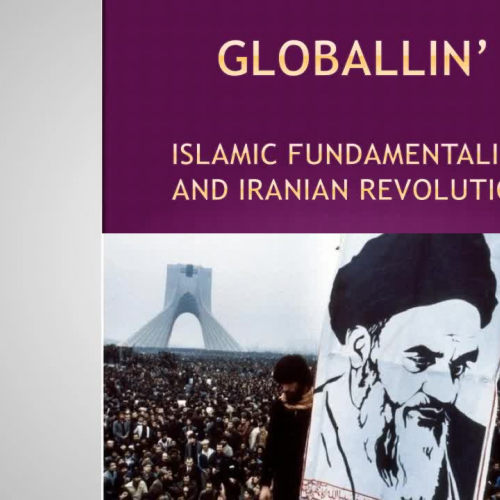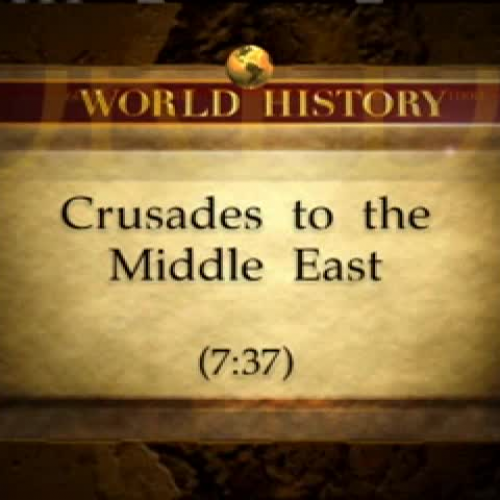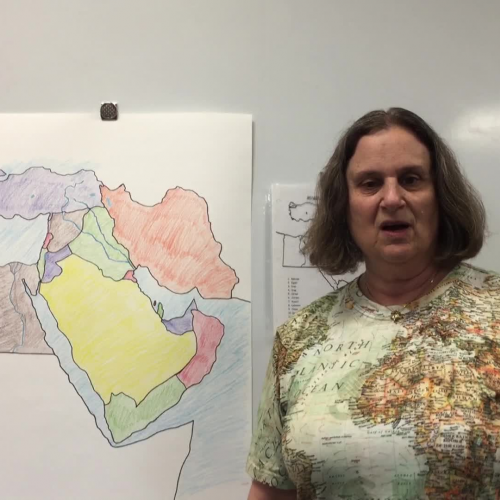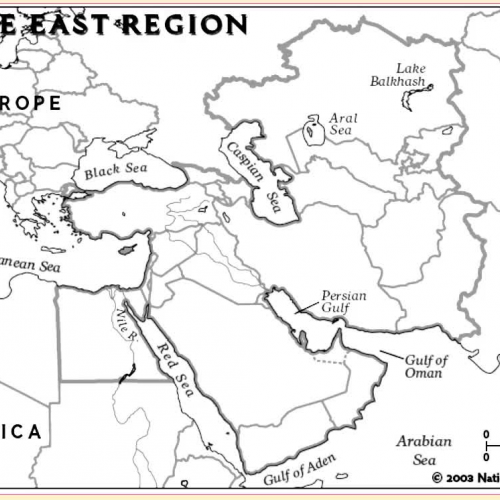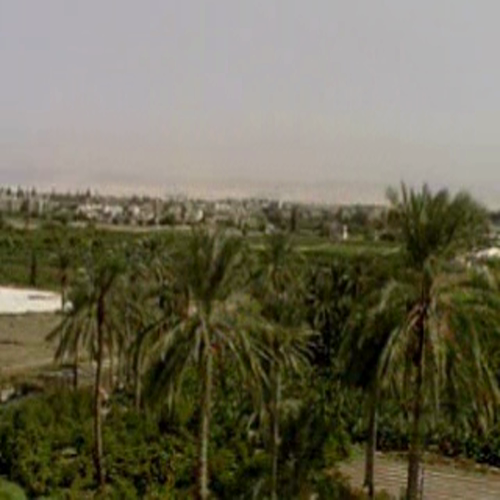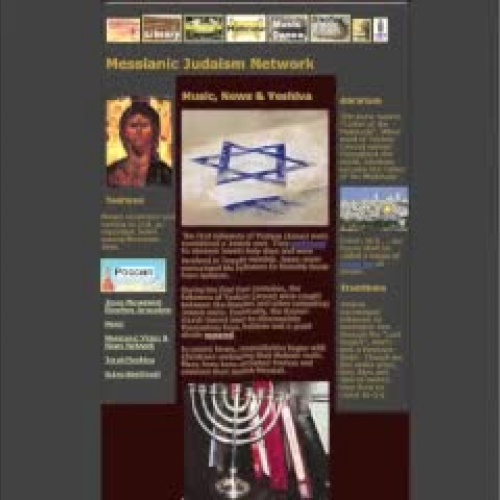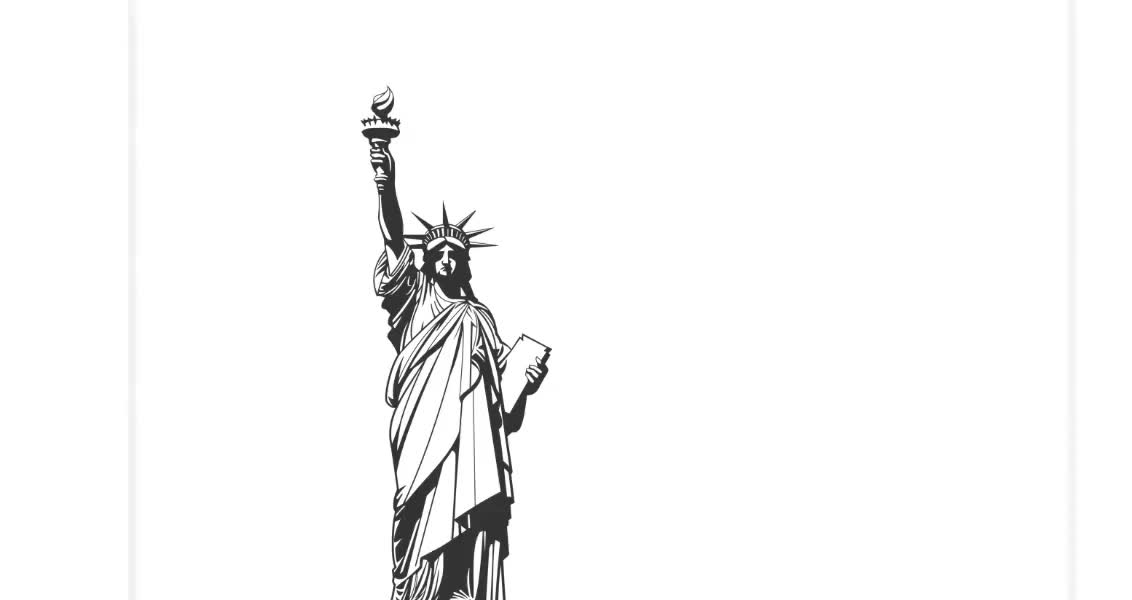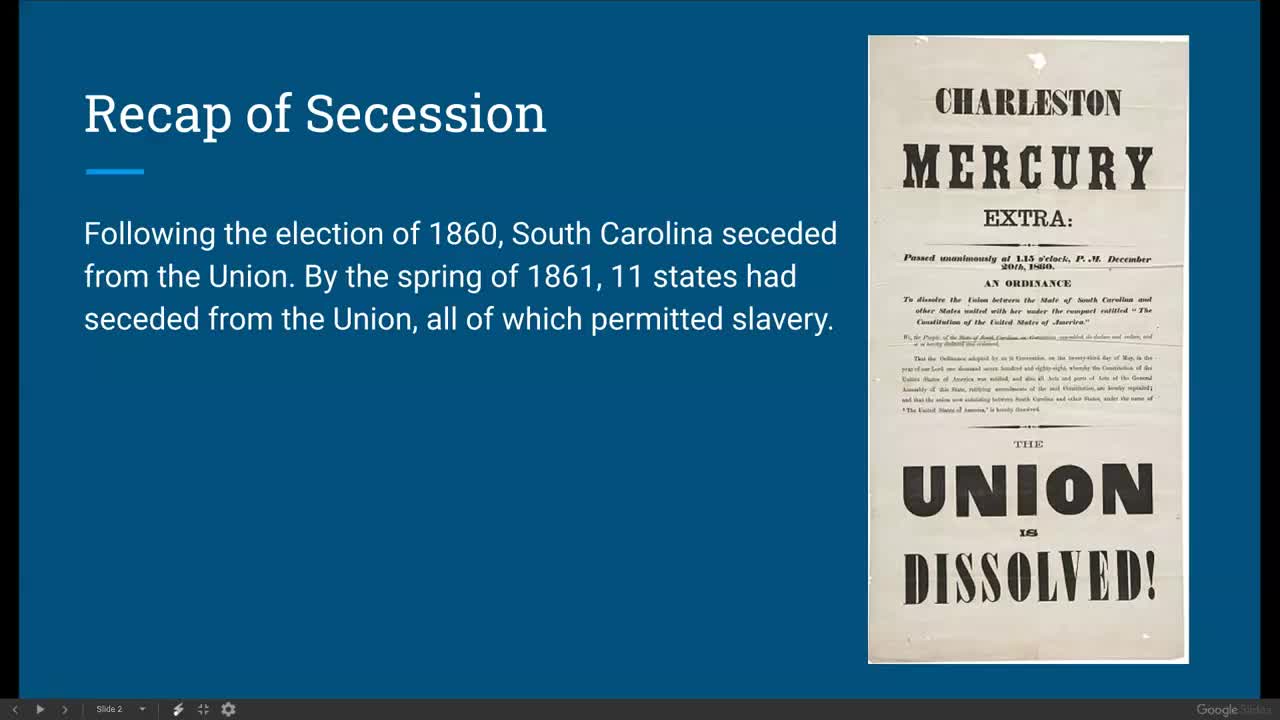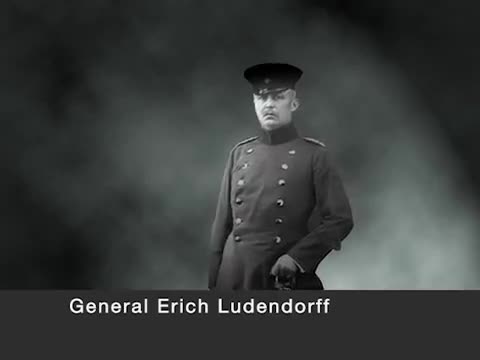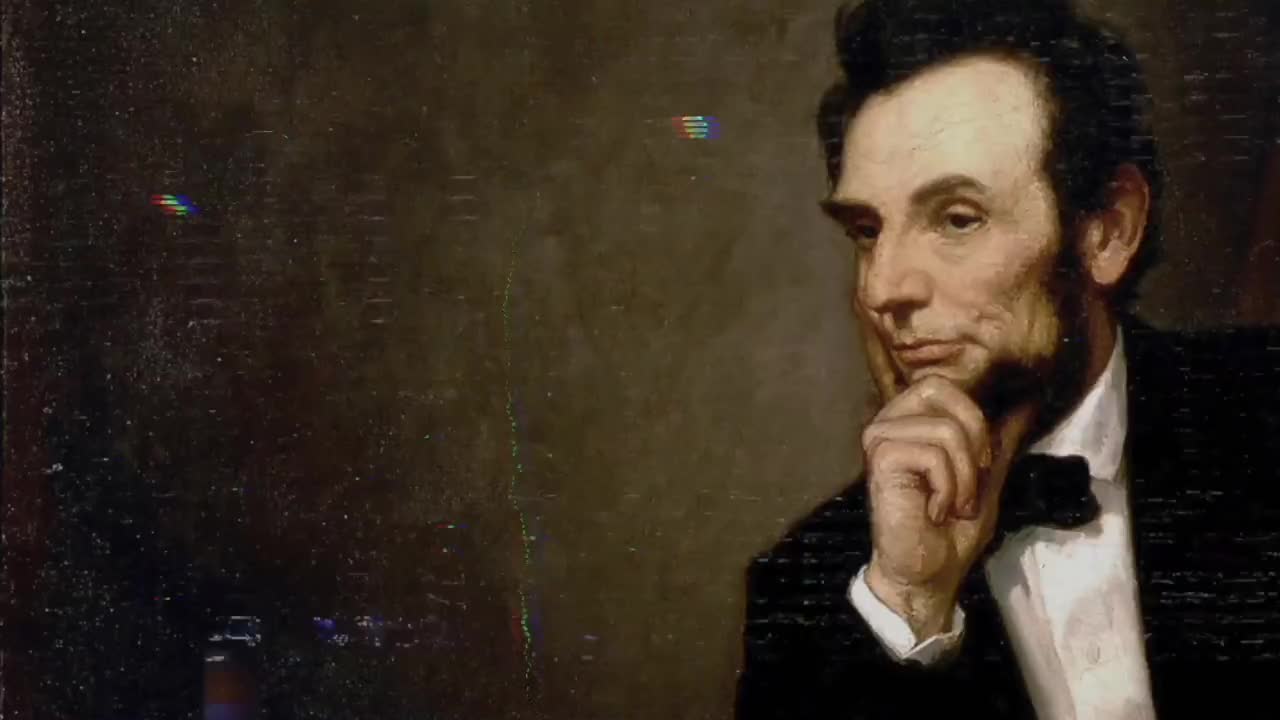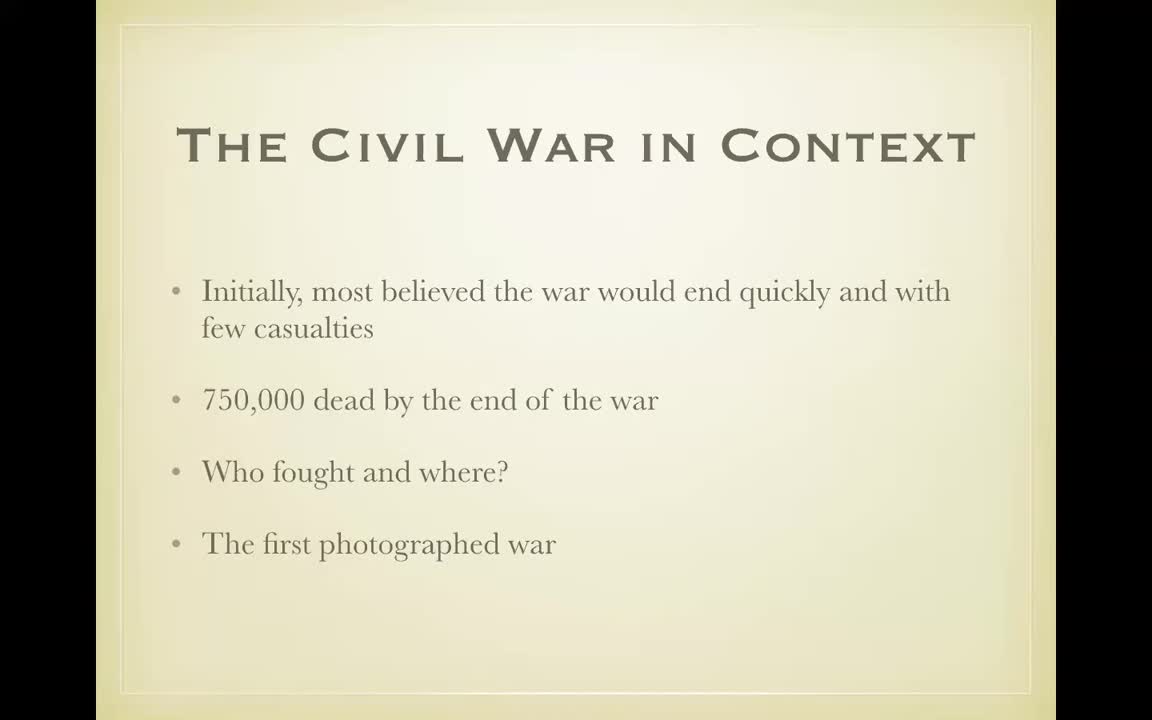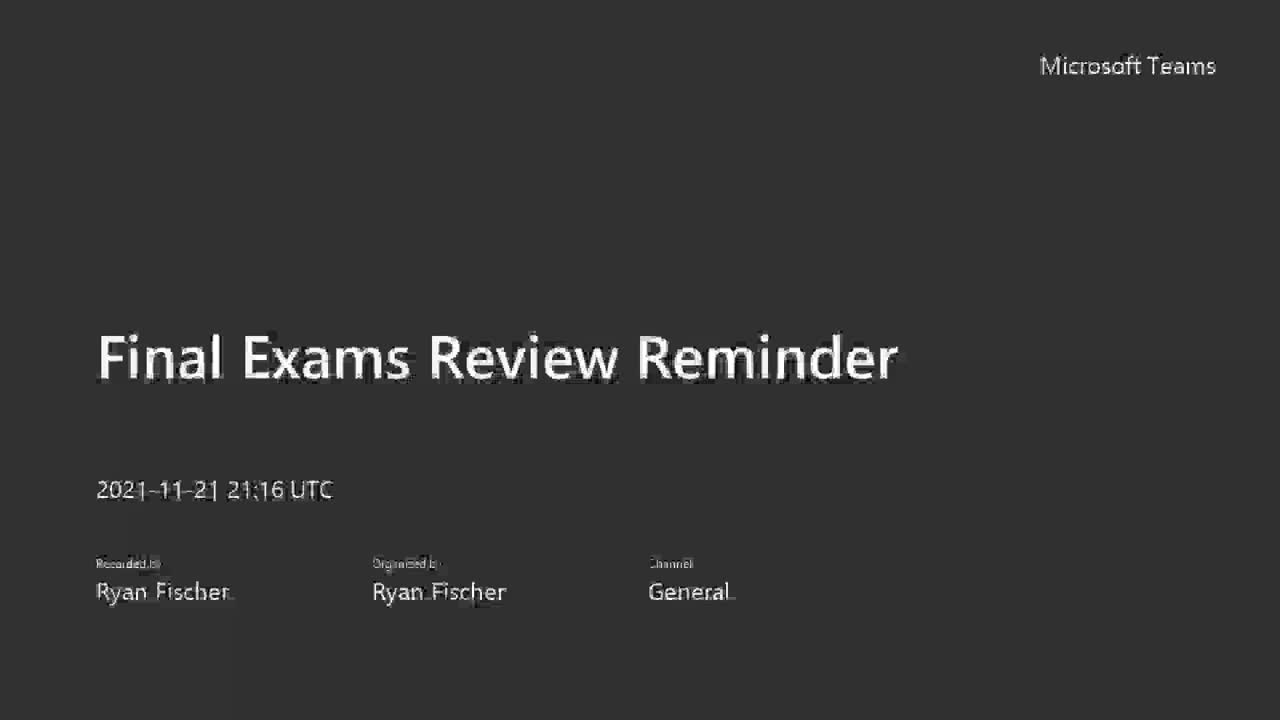Middle East- Iranian Revolution
High School / History / Middle Eastern History
Welcome to another episode of globe. This episode is going to be on two topics. That's why your Cornell notes are split into two different sections. The first one will be Islamic fundamentalism. And then we're going to use this topic to help inform us about this Iranian revolution. All happening in the Middle East. So as you watch just as a quick reminder, be sure to take notes on what I am saying as well as what's on the screen in black and red. Please do not skip ahead, but you suppose but then when you need to go back and take notes on something you may have missed. So we're going to start off with what is Islamic fundamentalism. And inside this word, we see the word fundamental. Fundamental means kind of like the basics or the origins of something, going back to what something was originally intended for. So when we add the word Islamic to it, we're going to talk about strict followers of Islam. They're going to be very, very strict and detailed in the way they are following Islam. The question is, how do you know what's a part of Islam and what's not? So they go back to the holy book for Islam. Which is called the Quran or the Quran, which will help inform them about the basics of Islam. So they believe that this holy book the Islamic holy book called the Quran the Quran is spelled two different ways, they believe it's a literal guide to everything in life to the political situations, how a government should be. They believe the Quran tells you how you should interact with other people and they believe that the Quran also informs you of how you should practice your religion. So they say that this book informs them about how they should live. It's a very, very, very strict interpretation that we don't see a lot of people follow in the world because they take it to an extreme usually. The final thing about Islamic fundamentalism is that they believe that modern things conflict with the tradition of Islam. So for example, if someone's dressing in the modern way with shorts on, that goes against maybe the conservative dress of Islam, according to a strict Islamic fundamentalist. Remember, we're talking about strict followers of Islam that believe that the Quran is for its word. And they say new things such as the modernization or westernization are new ideas. Do not go along with the origins of Islam and what is originally attended to. Unfortunately, in our world today, we see Islamic fundamentalism taken to the extreme and we see with ISIS or other terrorist groups. And it's quite unfortunate because Islam as a religion doesn't really associate it with it. So we're talking about the extreme version in this video. The Islamic fundamentalism to the extreme. What we're going to focus on today is the country Iran. And we're going to see how this Islamic fundamentalism this extreme version of Islam affect this country of Iran. Okay, right in the Middle East, Israel's right over here just as a reference point as well. We also have Pakistan and India right over here. So before Islamic fundamentalism hits Iran, we have this man named Shah Muhammad Pahlavi. We're just going to refer to him as the Shah. He's the leader of Iran, a he brings Iran into the modern age. You can even see how modern he is dressed in this picture. He's someone who's incredibly wealthy with his money and the U.S. is going to support this guy as well. What we're going to do in class the next day is we're going to really see the Shah's policies and see what he really great for Iran. But as you can see, he's looking a very modern style. He wants to bring western ideas into his country. He wants to bring Iran into the modern age. And he is going to be someone with an incredible amount of money, okay? The U.S. is going to support him no matter what because remember, this is still during the Cold War. And Iran is really close to the Soviet Union, and they know that they support the U.S. support to Shah. He will not turn communist. So remember, Cold War is always in the back of the head of the U.S. and their strategy. Anyway, there's going to be a lot of people who are going to be upset at the Shah's lifestyle. They're going to be like, look at all this extravagant spending. He's not the nice guy, and also he's forgetting about Islam. This brings us into our new leader called Ayatollah Khomeini. Ayatollah Khomeini is very upset at the Shah. And he wants to have an Islamic Iran. He feels like the Shah has forgotten about the roots of Islam and the importance of the religion. So Khomeini decides to lead a revolt and he takes power using Islamic fundamentalism, believing that we need to follow a strict interpretation of Islam. Okay? He has thousands of supporters who do not like the Shah. Okay? And ends up succeeding. Come many takes power and rules using Islamic fundamentalism. And in the meantime, the shot actually runs away to the United States. He gets there eventually. So many is going to be our leader in Iran. And what we're going to see in class today is it changes that Clemente makes to Iran and we're going to see what Iran was like underneath the Shah and what Iran was like underneath Khomeini. I know these two individuals can get confused because especially for many. He's bringing Iran it seems like a little backwards, okay? He's taking away all the modern stuff. So he's bringing Iran back into the traditional past you can say. So that's why I ran a little confusing. To tell the difference between these two leaders, if you want to just create a mini tea chart, that's fine. The shot whenever you see the shot you want to focus on things that say modernizes or someone who westernize is or someone who uses western ideas. Because the shots are about modern industrial times. And then you see Khomeini over here, he's going to be someone where you guys see the word traditional. He's focused on the traditional values of something. He's going to be focused on having Islamic State, Islam is the basis of the government and the way of life and everyone in the country has to follow Islam to his strict interpretation. You can just see in the way that they dress differently from each other, how the Shah addresses in a more modern way and many justice in a more conservative, strict Islamic form, even with the shaved face over here with the longer beard over here. And he says that his style of dress and appearance is all coming from his strict interpretation of the Quran. Just the interesting story. The U.S. does get involved a bit in this. We have this Iranian hostage crisis. So what happens is Khomeini's in power and the U.S. actually is upset at this. And they take the shot into their country. They actually take the shot into their country also the U.S. because the shot had cancer and the U.S. had a great medical resources to help with the cancer. So the U.S. takes in the Shah and committee's like, oh, no, you didn't. So, Khomeini gets his whole country fired up and the whole country at the U.S.. So what the whole country does is many people in the country. They attack the U.S. embassy in Ireland. I'll say that again. The attack the U.S. embassy in Iran, they kidnap 52 Americans. Okay? And a whole these Americans hostage because they want the U.S. to let the Shah go. So that way they could have the shot. They don't think the Shah deserves a medical treatment. They hold these 52 Americans hostage for 14 months. It's an extremely tense situation that shows how much that these Islamic fundamentalists really did not support the Shah. And they don't support modernization. And how much they really felt, how much they supported co many. And it also shows the tense period of the Cold War as well. This brings us to the end of our video for today. Make sure you complete your Cornell no questions and have any questions you might want answered in class the next day. Hope you enjoyed
